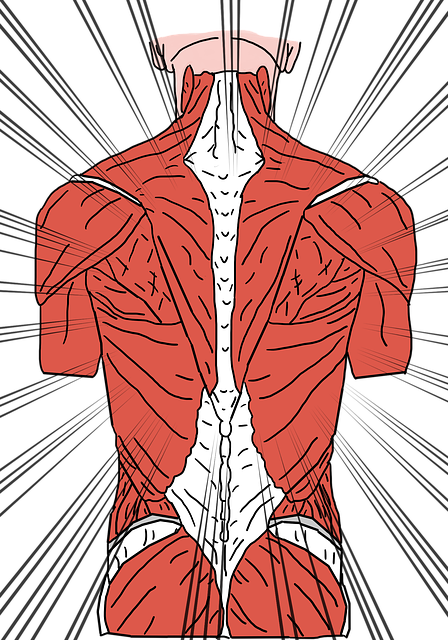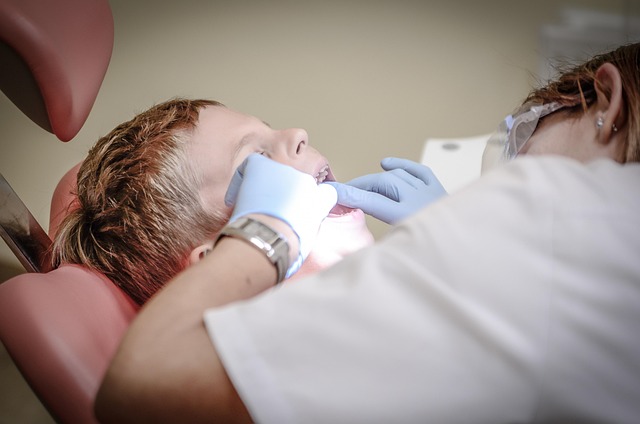After a car accident, while immediate pain management is crucial, long-term chiropractic rehabilitation is essential for complete healing. This holistic approach addresses underlying structural issues caused by trauma, promoting spine realignment, nerve function improvement, and enhanced mobility through regular adjustments, exercises, and patient education. Tailored to each individual's needs, this rehabilitation method prevents future injuries, fosters a healthier lifestyle, and effectively manages pain and inflammation post-car wrecks. Regular check-ups and education on injury prevention further ensure continued healing and reduce the risk of relapse.
“Healing from a car accident extends far beyond initial recovery. This comprehensive guide explores the vital role of long-term chiropractic care in managing lasting injuries from car wrecks. We delve into the rehabilitation process, uncovering techniques tailored to achieve specific goals, ensuring a holistic approach to patient well-being.
Furthermore, we present effective strategies for a swift and successful recovery, emphasizing preventive measures to safeguard against future injuries. Discover how specialized chiropractic rehabilitation can transform lives, offering lasting relief and enhanced mobility.”
- Understanding Long-Term Chiropractic Care After a Car Accident
- The Rehabilitation Process: Techniques and Goals
- Strategies for Effective Recovery and Preventing Future Injuries
Understanding Long-Term Chiropractic Care After a Car Accident

After a car accident, many individuals focus on managing immediate pain and symptoms. However, understanding the importance of long-term chiropractic rehabilitation is crucial for complete healing and recovery. Chiropractic care beyond the initial phase can address underlying structural issues caused by trauma, which often go unnoticed but significantly impact overall health.
In the context of car wrecks, these adjustments help realign the spine, improving nerve function and promoting natural healing processes. Long-term chiropractic rehabilitation involves regular adjustments, specific exercises, and patient education to ensure sustained recovery. This holistic approach not only relieves pain but also enhances mobility, reduces the risk of future injuries, and empowers individuals to maintain a healthier lifestyle post-accident.
The Rehabilitation Process: Techniques and Goals

The rehabilitation process following a car wreck often involves a comprehensive and tailored approach to help individuals recover from both physical and emotional injuries. In the case of long-term chiropractic rehabilitation, the primary goal is to restore mobility, alleviate pain, and prevent future complications for those who have experienced spinal or musculoskeletal trauma in a car accident. This methodically structured program typically includes a combination of hands-on chiropractic adjustments, therapeutic exercises, and patient education.
Chiropractors use various techniques such as joint manipulation, soft tissue therapy, and specialized stretches to improve the functionality of the spine and related joints. Along with these physical treatments, rehabilitation may incorporate exercises designed to strengthen muscles, enhance flexibility, and restore proper posture. Educating patients about their condition and empowering them to manage their pain through lifestyle adjustments is another crucial aspect of long-term chiropractic rehabilitation after car wrecks.
Strategies for Effective Recovery and Preventing Future Injuries

Strategies for effective recovery and preventing future injuries play a crucial role in long-term chiropractic rehabilitation after car wrecks. Immediately following an accident, it’s essential to seek professional care from chiropractors who specialize in trauma-related injuries. They can provide an accurate diagnosis, develop a personalized treatment plan, and offer guidance on managing pain and inflammation. Regular adjustments, therapeutic exercises, and lifestyle modifications are key components of this process.
Chiropractors often recommend a multi-faceted approach that includes manual therapy to improve spinal alignment, exercise routines to enhance strength and flexibility, and dietary recommendations for optimal nutrition. Additionally, education about injury prevention is vital. Patients should learn proper techniques for sitting, lifting, and maintaining good posture to minimize the risk of future injuries. Regular check-ups with a chiropractor can also help identify potential issues early on, ensuring continued healing and preventing relapses.
Chiropractic care plays a vital role in the long-term healing process for individuals post-car accidents. Beyond addressing immediate symptoms, continuous chiropractic rehabilitation focuses on holistic recovery and injury prevention. By employing various techniques to restore mobility and reduce pain, patients can achieve improved physical health and quality of life. Incorporating strategic strategies and setting achievable goals, as discussed in this article, empowers folks to navigate their journey towards full recovery and mitigate the risk of future injuries.














